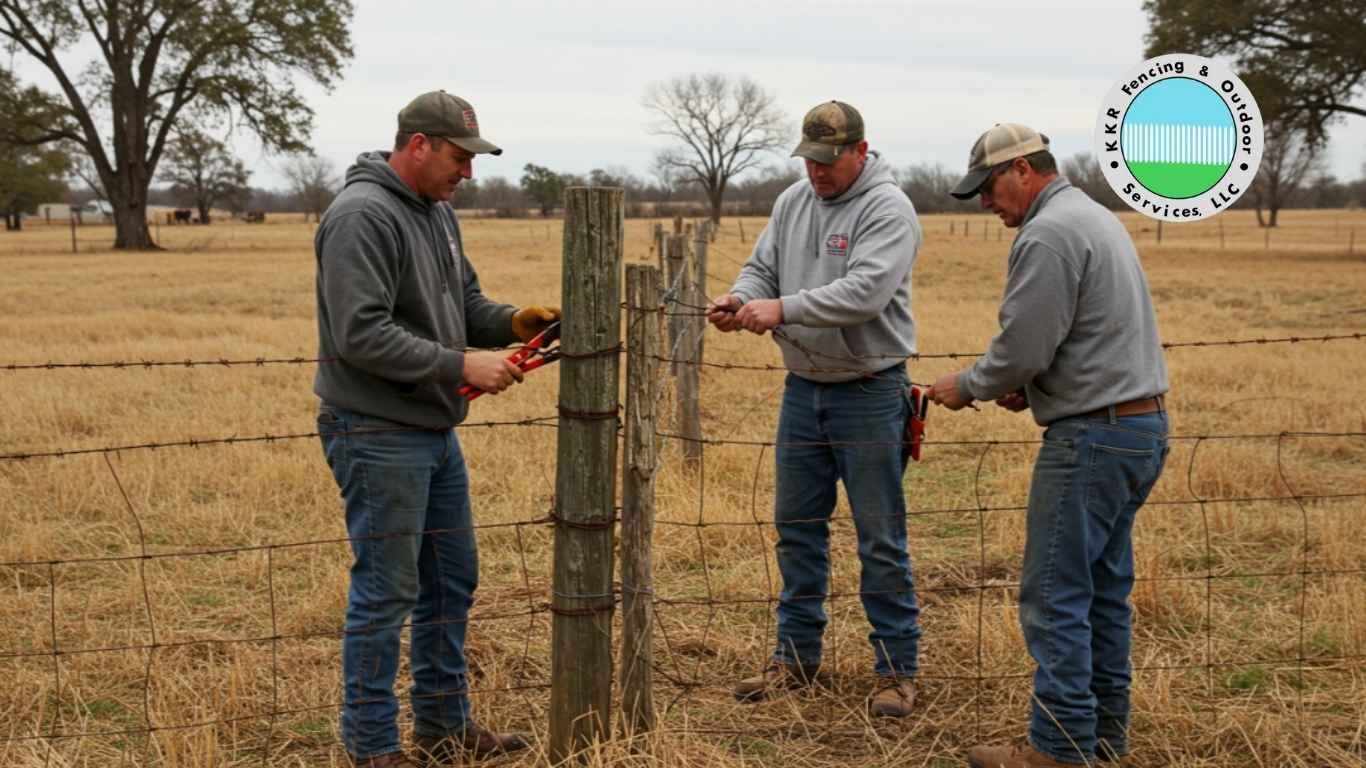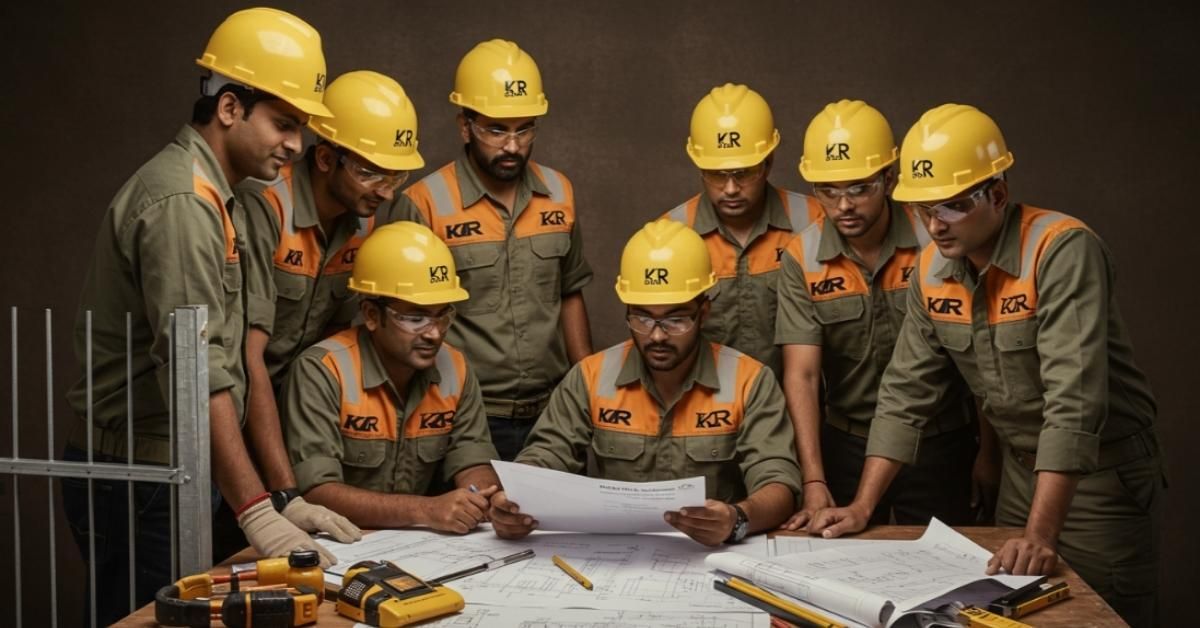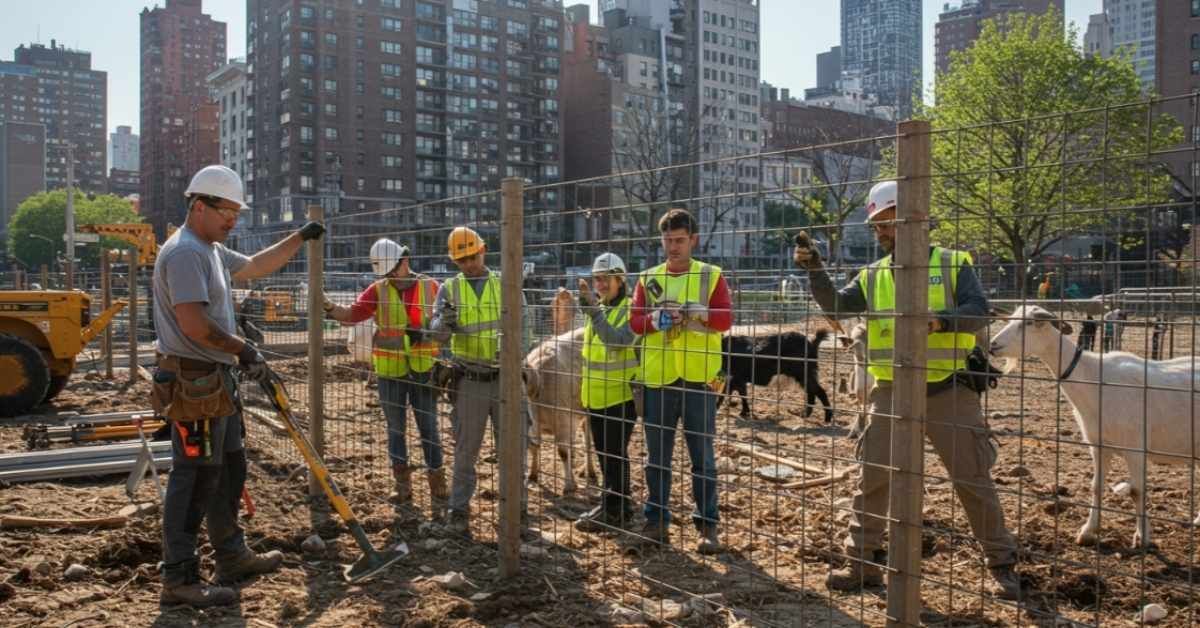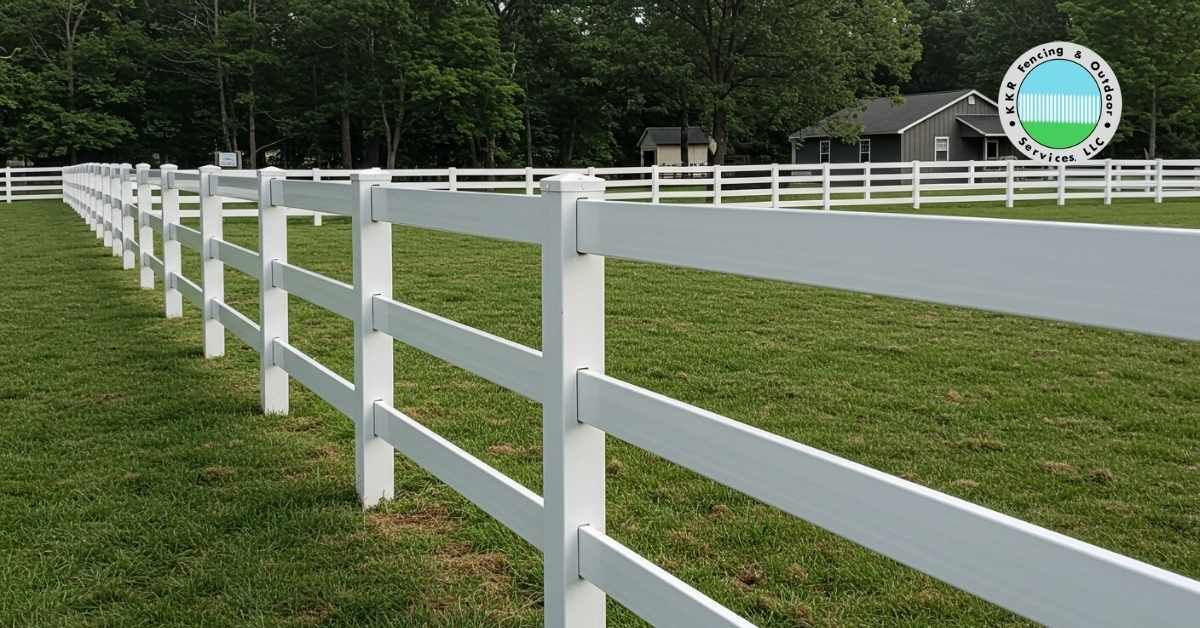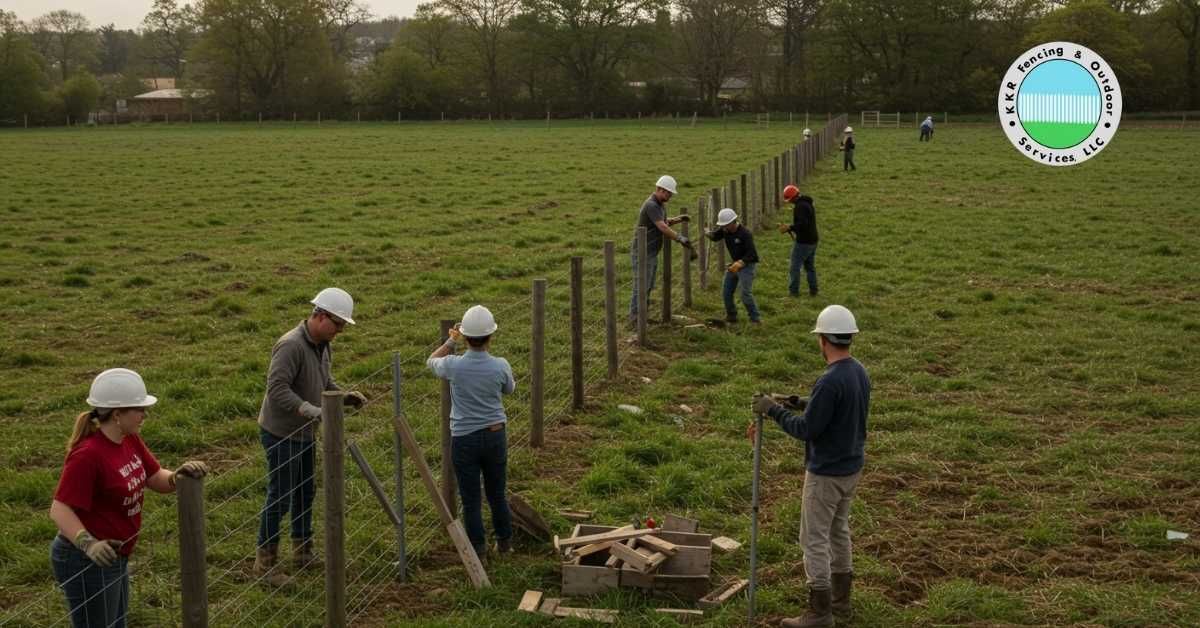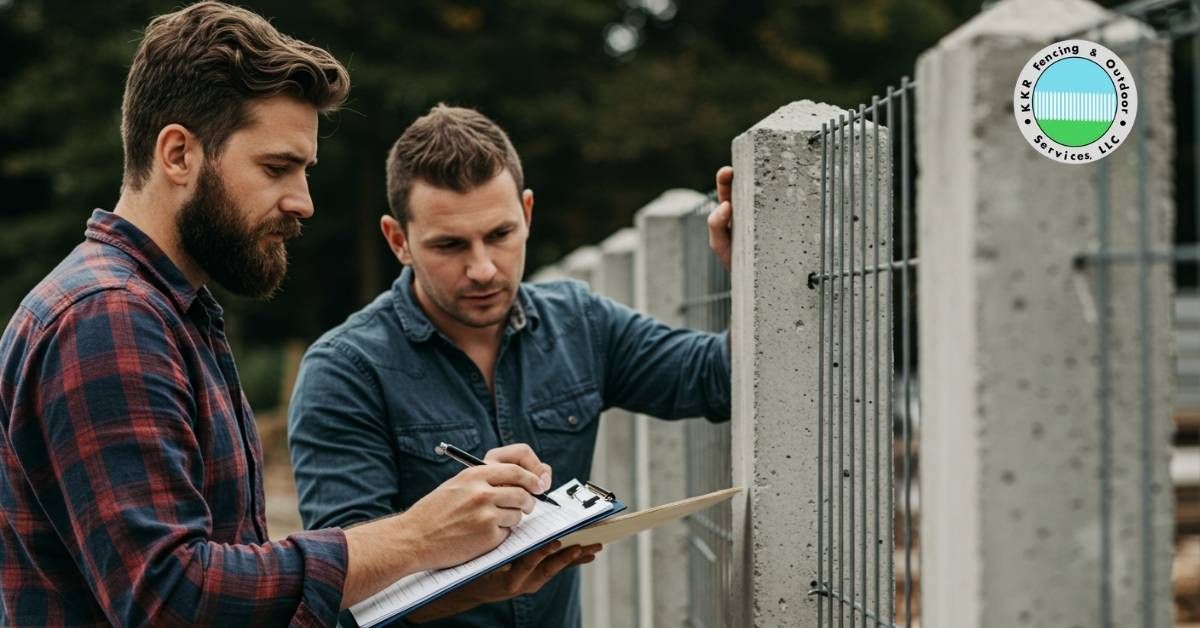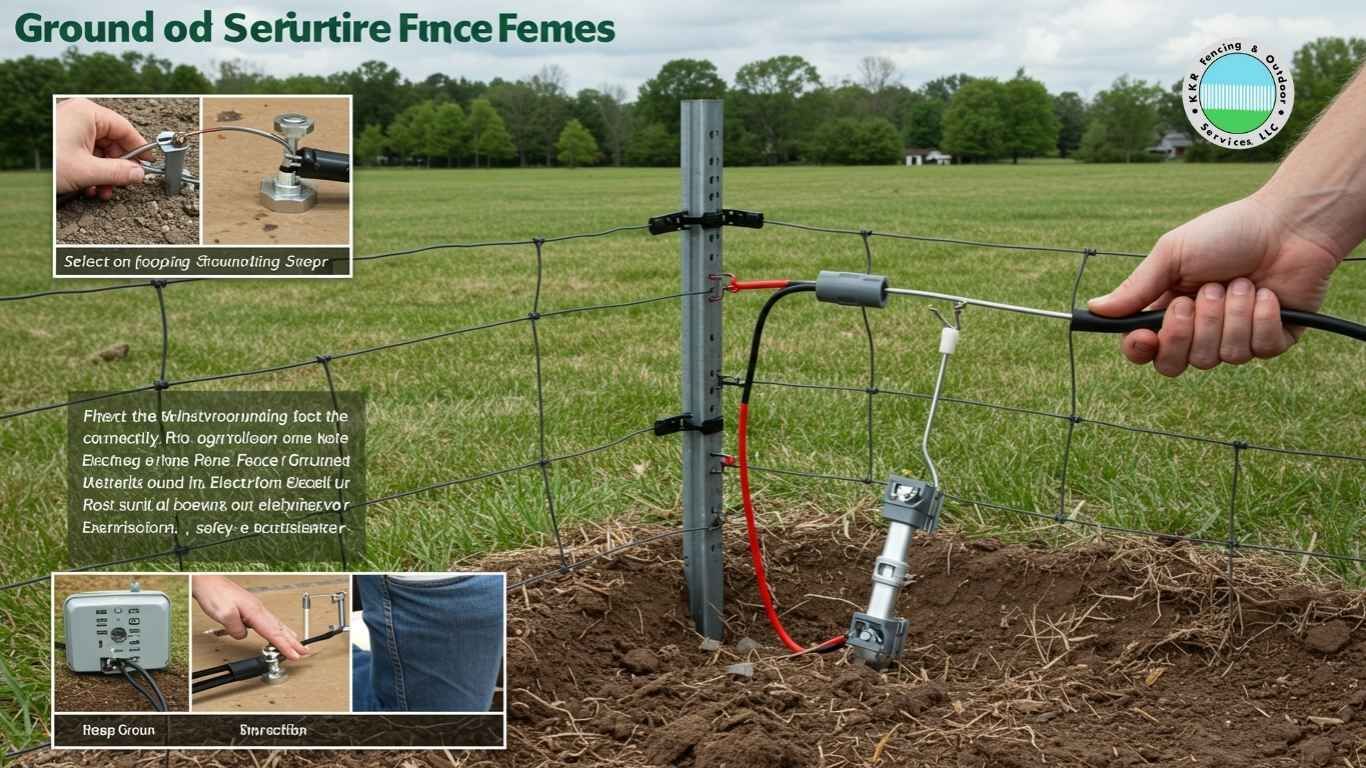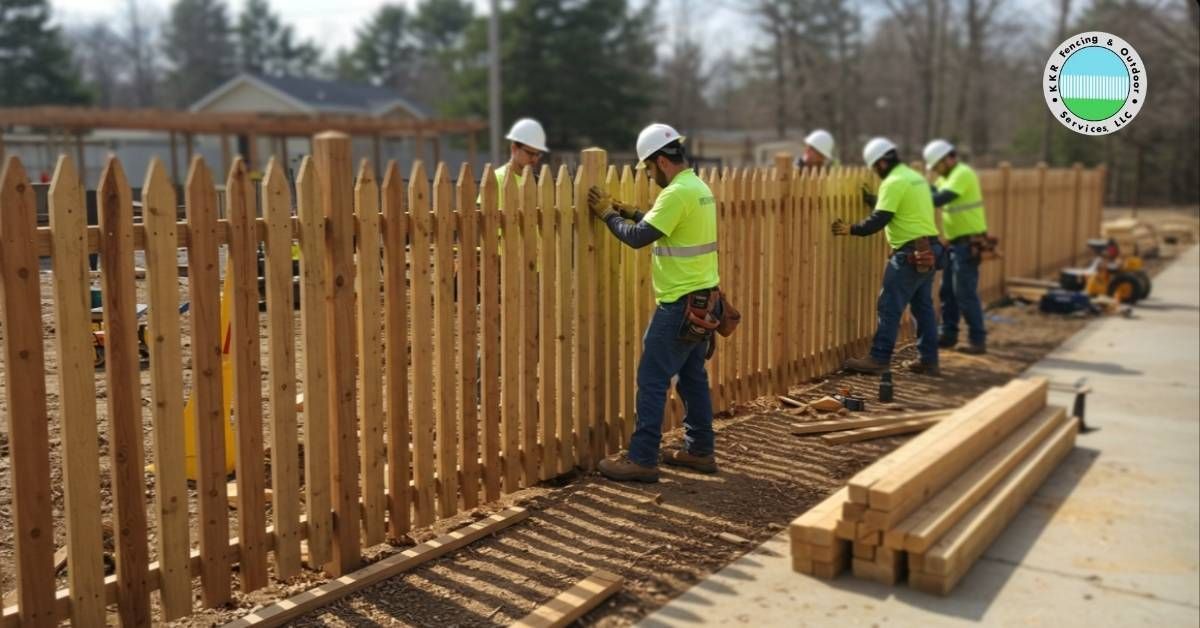How to Measure for a Fence?
Why Proper Fence Measurement is Crucial
Installing a fence is a significant investment for homeowners, businesses, and farms. Whether you need a privacy fence, security fencing, or a decorative boundary, accurate measurements are the key to a successful installation.
Incorrect measurements can lead to misalignment, material waste, and extra costs. To avoid these issues, this guide from KKR Fencing & Outdoor Services LLC will walk you through how to measure for a fence correctly and ensure your project goes smoothly.
Essential Tools for Measuring a Fence
Before starting, gather these tools:
- Measuring Tape – Used to determine the length of the fence line.
- Wooden Stakes or Markers – Mark fence post locations.
- String or Chalk Line – Helps maintain straight alignment.
- Notebook & Calculator – Keep track of post spacing and material calculations.
- Level – Ensures even fence post heights on sloped ground.
Step-by-Step Guide: How to Measure for a Fence?
Step 1: Measure the Total Fence Length
- Walk along the intended fence line and use a measuring tape to record the total perimeter.
- Mark corners, gate openings, and any property boundary lines.
- Add a few extra inches per section to allow for adjustments.
Tip: If the area has slopes, measure along the ground rather than in a straight line for a more accurate estimate.
Step 2: Determine Fence Post Spacing
The spacing between fence posts depends on the type of fence.
- Wood & Vinyl Panels: Typically 6 to 8 feet apart.
- Chain Link & Metal Fences: 8 to 10 feet apart, depending on height and wind exposure.
- Agricultural & Livestock Fencing: Varies based on livestock type and containment needs.
Example Calculation:
For a
100-foot fence with
8-foot spacing, you will need
13 posts:
100 ÷ 8 = 12.5 (rounded up to 13 posts).
Step 3: Mark Fence Post Locations
- Place stakes at each corner and gate opening.
- Use string or chalk line between stakes to create a straight layout.
- Measure and mark each post location along the fence line based on spacing.
Tip: Uneven post spacing can cause structural weaknesses, so be precise in marking locations.
Step 4: Account for Gates & Entry Points
Measure and mark gate openings separately.
Standard Gate Widths:
- Single Gate: 3 to 4 feet wide (for pedestrian access).
- Double Driveway Gate: 10 to 12 feet wide (for vehicle access).
- Agricultural Gates: 12 to 16 feet wide to accommodate farm equipment.
Ensure additional support posts for gates to handle repeated use.
Step 5: Consider Fence Height & Local Regulations
Fence height depends on its purpose and local zoning laws.
- Privacy Fences: 6 to 8 feet (backyards, residential areas).
- Front Yard Fences: 3 to 4 feet (decorative & boundary fences).
- Pool Fences: Minimum 4 feet, often required by law for safety.
Agricultural Fences: Height depends on livestock—cattle fencing is usually 4 to 5 feet, while horse fencing is at least 5 feet.
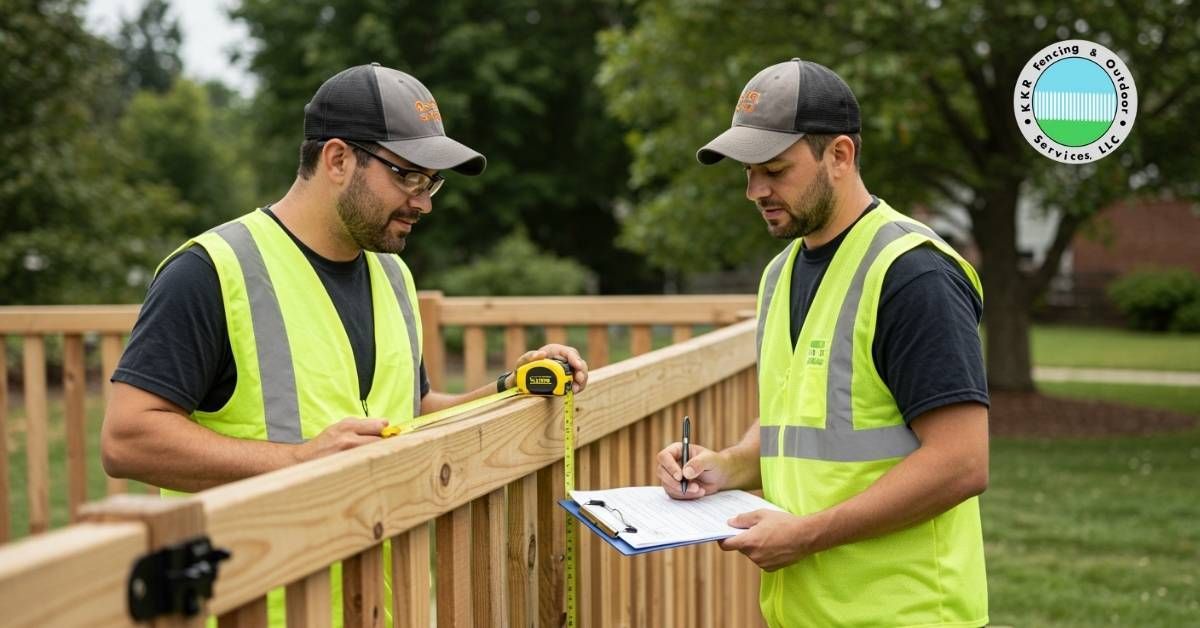
Common Mistakes to Avoid When Measuring for a Fence
- Not checking property lines – Avoid disputes by verifying boundaries.
- Ignoring gate placement early – Failing to plan gates properly can lead to accessibility issues.
- Skipping underground utility checks – Call 811 before digging to prevent damage to water, gas, or electrical lines.
- Incorrect post spacing – Uneven gaps weaken structural stability.
Conclusion: Accurate Measurements Lead to a Stronger Fence
Getting precise measurements before installing a fence prevents costly mistakes and ensures long-term durability.
For expert fence installation and repair services, trust KKR Fencing & Outdoor Services LLC to get the job done right. We serve Erie County, Cattaraugus County, Wyoming County, Allegheny County, and Genesee County with top-quality residential fencing service, commercial, and agricultural fencing solutions.
FAQs: How to Measure for a Fence?
How much extra material should I order when measuring for a fence?
Order 10% more materials than your exact measurements to account for adjustments and waste.
What is the standard spacing for fence posts?
- Wood & Vinyl: 6 to 8 feet apart
- Chain Link & Metal: 8 to 10 feet apart
- Agricultural: Depends on the type of livestock.
Do I need a permit to install a fence?
Permit requirements vary by location. Check local zoning codes in your county.
Can I install a fence myself?
DIY is possible, but professional installation ensures accuracy, durability, and compliance with local regulations.
Where can I find expert fencing services in Western New York?
KKR Fencing & Outdoor Services LLC provides professional residential, commercial, and agricultural fencing services in Western New York.
